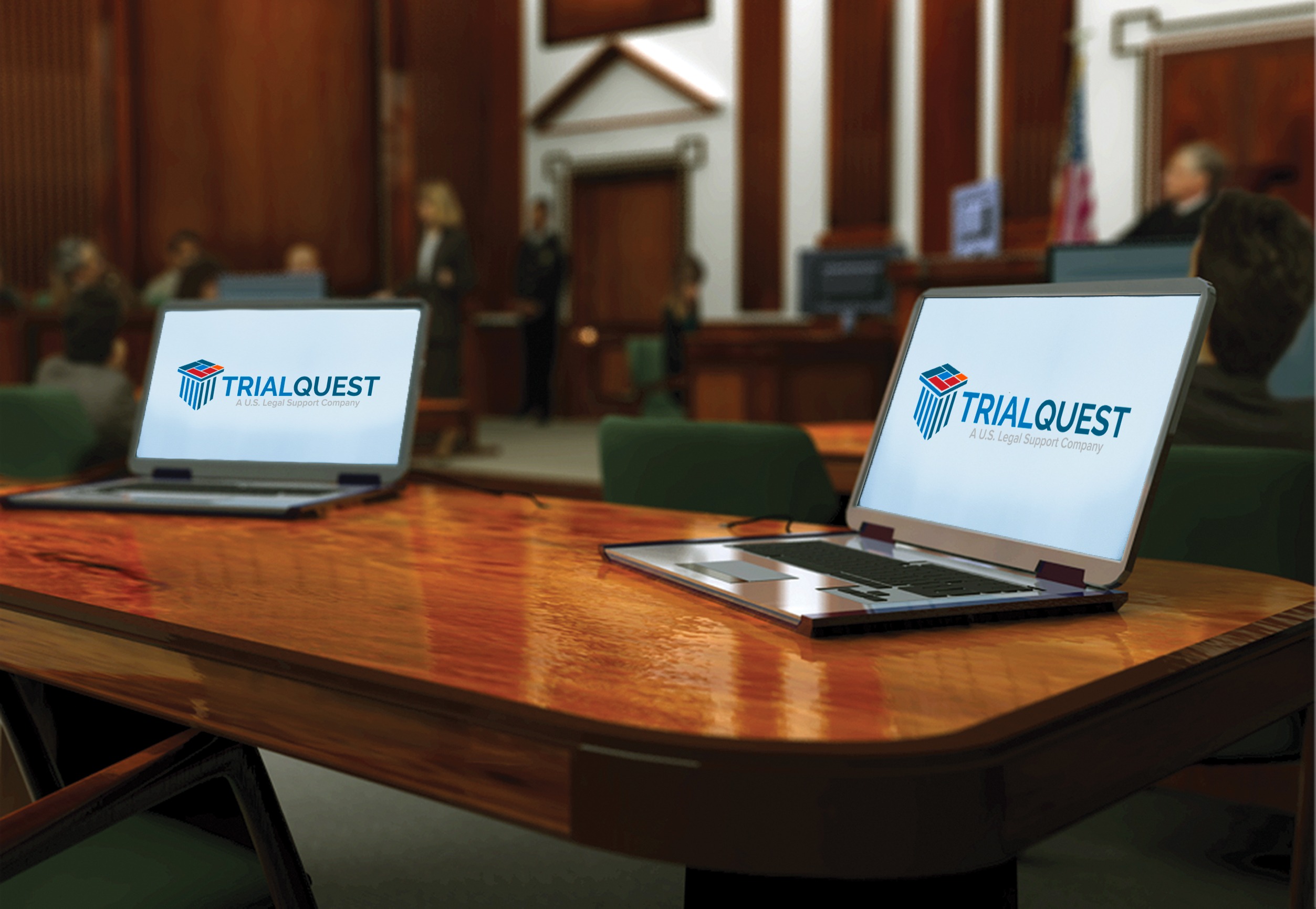How Trial Presentations Facilitate Clear Communication of Complex Legal Issues
Enhancing Your Lawful Technique With Professional Trial Presentations
In today's lawful landscape, the relevance of professional trial presentations can not be overemphasized. As lawyers navigate the intricacies of the courtroom, the capability to successfully share intricate disagreements is vital. By changing thick lawful ideas right into appealing stories, experts can boost juror understanding and retention. Moreover, integrating multimedia devices and narration strategies can develop a compelling background that not only informs but also resonates psychologically with jurors. Nonetheless, the concern stays: what particular strategies can lawyers use to raise their presentations and ultimately affect test results?
Significance of Test Presentations
Trial presentations work as a crucial element in the lawful process, properly bridging the void between complicated legal disagreements and juror comprehension. The capability to boil down intricate lawful principles right into available narratives is important for jurors, who must make enlightened decisions based upon the evidence provided. A well-crafted discussion not only makes clear the case however also improves the persuasiveness of the argument, eventually affecting the jury's understanding.
In a period where attention spans are restricted, the significance of involving visuals and clear interaction can not be overstated. Test discussions serve to catch jurors' passion and keep their focus, enabling for a much deeper understanding of the facts and legal problems handy. They provide an organized structure that arranges the case, helping with rational circulation and coherence.

Key Parts of Effective Presentations
An effective presentation in a court setting hinges on several essential elements that jointly improve its effect. Lawyers need to boil down intricate legal disagreements into concise, quickly digestible points to guarantee jurors understand the core issues.
Aesthetic aids play a vital function also, as they can substantially strengthen essential messages. Efficient use displays, charts, and layouts can make clear detailed information and highlight vital truths. Additionally, the presenter's shipment style is important; confident, engaging interaction promotes integrity and preserves jurors' interest.
Finally, comprehending the audience is extremely important. Customizing the presentation to the jurors' backgrounds and worths can promote a link that boosts receptivity to the argument. In summary, quality, narrative structure, visual help, delivery design, and target market awareness are essential to crafting an effective court room presentation that reverberates with jurors and sustains the overarching lawful technique.
Innovation in Trial Presentations
Modern court rooms significantly integrate technology to improve trial discussions, building on the fundamental elements of reliable communication established through clear messaging and engaging stories. The incorporation of audio-visual help, such as published here high-definition projectors and interactive screens, allows legal groups to present proof in an extra compelling fashion. This technology not just records the court's attention yet also assists in a better understanding of complicated go details.

Digital tools, including discussion software and electronic exhibition monitoring systems, streamline the organization and retrieval of proof (trial presentations). Lawyers can promptly reference files, pictures, and video clips, making certain that crucial info is easily obtainable throughout the trial. Furthermore, using computer animations and simulations can strongly highlight key concepts, making them simpler for jurors to understand
Additionally, court room innovation advertises partnership amongst attorneys, making it possible for real-time changes to presentations based upon court responses or unanticipated advancements. The ability to adapt on the fly is important in preserving interaction and strengthening disagreements. As innovation continues to evolve, its role in test discussions will undoubtedly increase, supplying cutting-edge methods to interact efficiently and persuasively in the pursuit of justice.
Narration Methods for Effect
Effective storytelling strategies are vital in providing impactful trial discussions, as they change complicated legal debates into relatable narratives. A well-crafted tale mesmerizes the audience, making it less complicated for jurors to comprehend and keep in mind key factors.
To produce a compelling story, attorneys need to concentrate on establishing a clear framework with a beginning, center, and end. The beginning should present the case context and its value, while the middle elaborates on the core issues, weaving in proof and witness testimonies that sustain the argument. Effectively, the ending need to strengthen the desired message, driving home the preferred outcome.
In addition, integrating psychological components can considerably boost the narrative's effect. By humanizing the situation, lawyers can evoke empathy, permitting jurors to connect personally with the truths offered. Utilizing brilliant images and stories can also help in highlighting intricate themes, making them much more concrete and remarkable.

Tips for Implementation in Court
Applying storytelling methods in court calls for careful preparation and implementation to guarantee that the narrative reverberates with jurors. Begin by determining the core message of your instance and aligning it with the emotional and accurate components that will involve the court. Create a clear and compelling narrative arc that consists of an intro, a development of dispute, and a resolution.
Use aesthetic aids to enhance narration; displays, timelines, and multimedia discussions can help show intricate principles and maintain juror interest. Exercise your shipment, guaranteeing click here for more info that body language, tone, and pacing are regular with the emotional weight of your tale.

Conclusion
In final thought, expert test discussions play an essential role in enhancing legal methods by successfully connecting intricate arguments to jurors. The integration of visual aids, clear narratives, and emotional storytelling fosters juror engagement and comprehension.